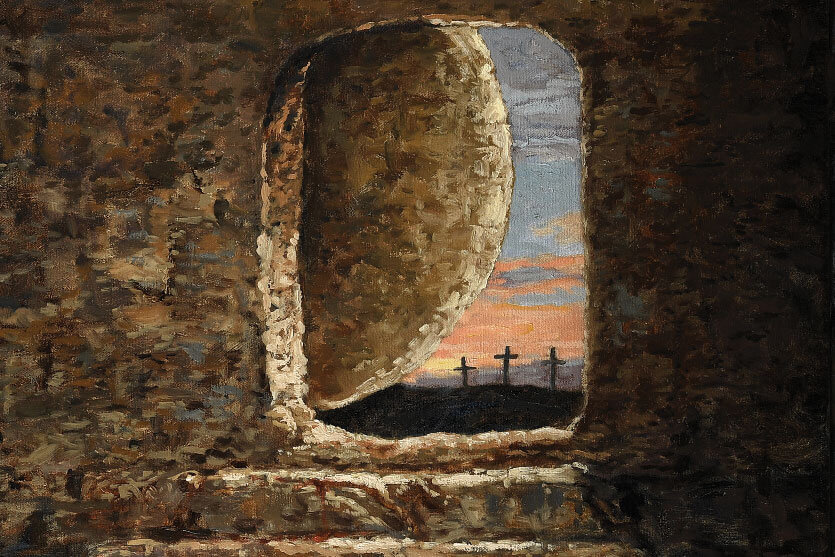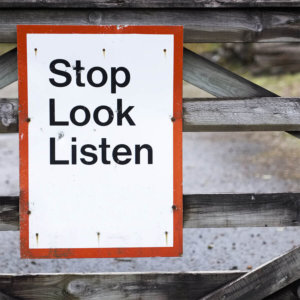PRAY
Loving Father, may I have the power to know the love of Christ that surpasses knowledge (Ephesians 3:18-19).
READ
After saying this Jesus was troubled in spirit, and declared, “Very truly, I tell you, one of you will betray me.” The disciples looked at one another, uncertain of whom he was speaking. One of his disciples—the one whom Jesus loved—was reclining next to him; Simon Peter therefore motioned to him to ask Jesus of whom he was speaking. So while reclining next to Jesus, he asked him, “Lord, who is it?” Jesus answered, “It is the one to whom I give this piece of bread when I have dipped it in the dish.” So when he had dipped the piece of bread, he gave it to Judas son of Simon Iscariot.
John 13:21-26
In the theater of your mind imagine the Upper Room on this Passover night. Feel the spring breeze coming through the open windows. Hear children singing and laughing on the crowded street two stories down. Smell spiced lamb roasting over outdoor fires. Experience the excitement, the joy of this night of nights. Diaspora Jews from the far corners of the Empire have swelled Jerusalem to six times its normal size. Pilgrims overflow into the surrounding villages and campsites dot the hills.
Now look around the room as it is dimly lit by flickering lamps, bits of glowing flax floating on oil in clay pots. See the thirteen men reclining around low tables, leaning on their left hands with their right hands reaching for food. There is the Passover charoset, bitter herbs mixed with apple, nuts, and sweet wine, reminding everyone of the bitterness of bondage in Egypt sweetened by the goodness of the Lord. There is the matzah, vegetables, four cups of wine, and the yearling lamb.
On Jesus’ right is the youngest of all of the disciples, John, perhaps a teenager. Through John’s Gospel he goes unnamed as he humbly describes himself as simply the “disciple whom Jesus loved”. What you see might appear strange to western eyes as the text says John is “reclining” next to Jesus. The King James translation is more accurate and literal as it says John was “leaning on Jesus’ bosom”. The Greek word is kolpos, signifying the space between a person’s two arms. By describing himself as leaning on Jesus’ bosom, John likely wants readers to recall the openings words of his Gospel, where he says: “No man hath seen God at any time; the only begotten Son, which is in the bosom [kolpos] of the Father, he hath declared him” (John 1:18).
John wants readers to know that Jesus came from the “bosom” of God the Father, to draw people into His “bosom” with the Father. Jesus’ life and words proclaim His message: “As the Father has loved me, so I have loved you; abide in my love” (John 15:9).
The disciple whom Jesus loves represents all whom Jesus loves, all whom He draws close to Himself and to the Father. Today Jesus invites each of us to live, to abide, to enjoy closeness to Him.
REFLECT
- What thoughts stir in me, what feelings, as I ponder God holding me close to His heart? What do I want to say to God about this?
O most merciful Redeemer, Friend and Brother, may I know Thee more clearly, love Thee more dearly, and follow Thee more nearly, day by day.
Richard of Chichester (1197-1253)



